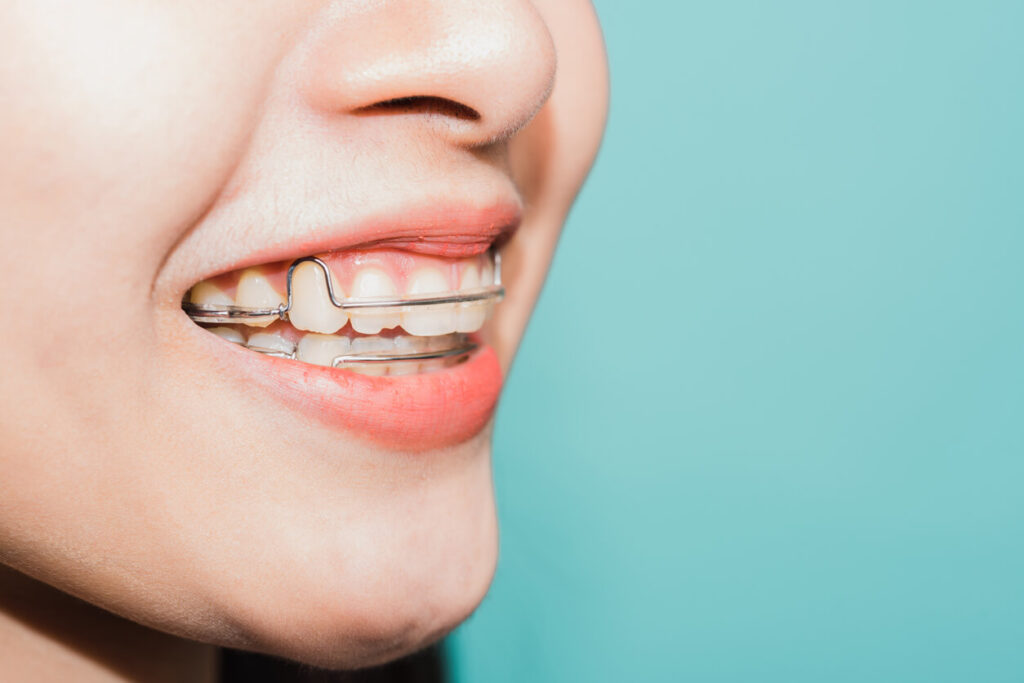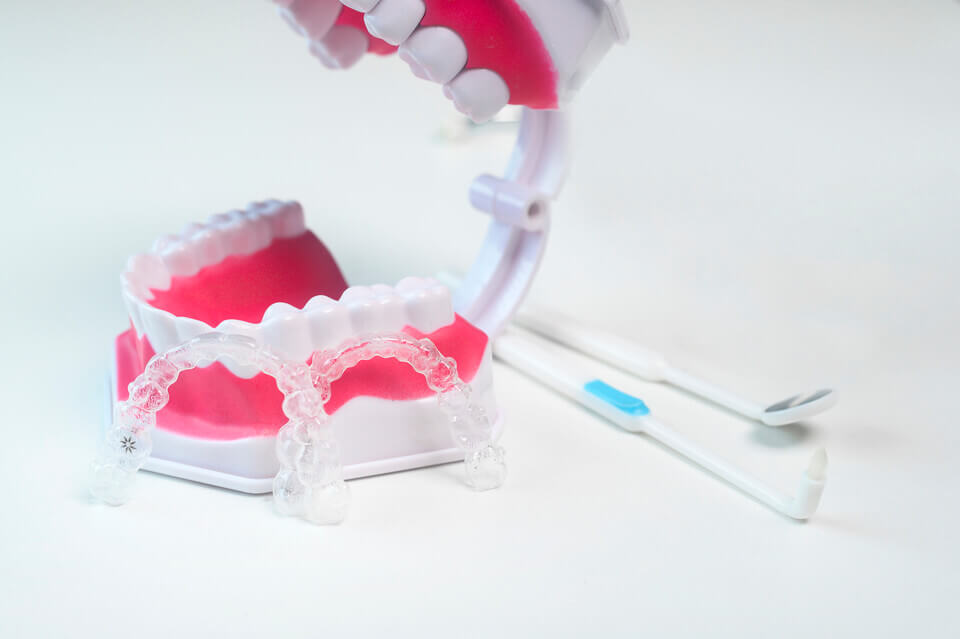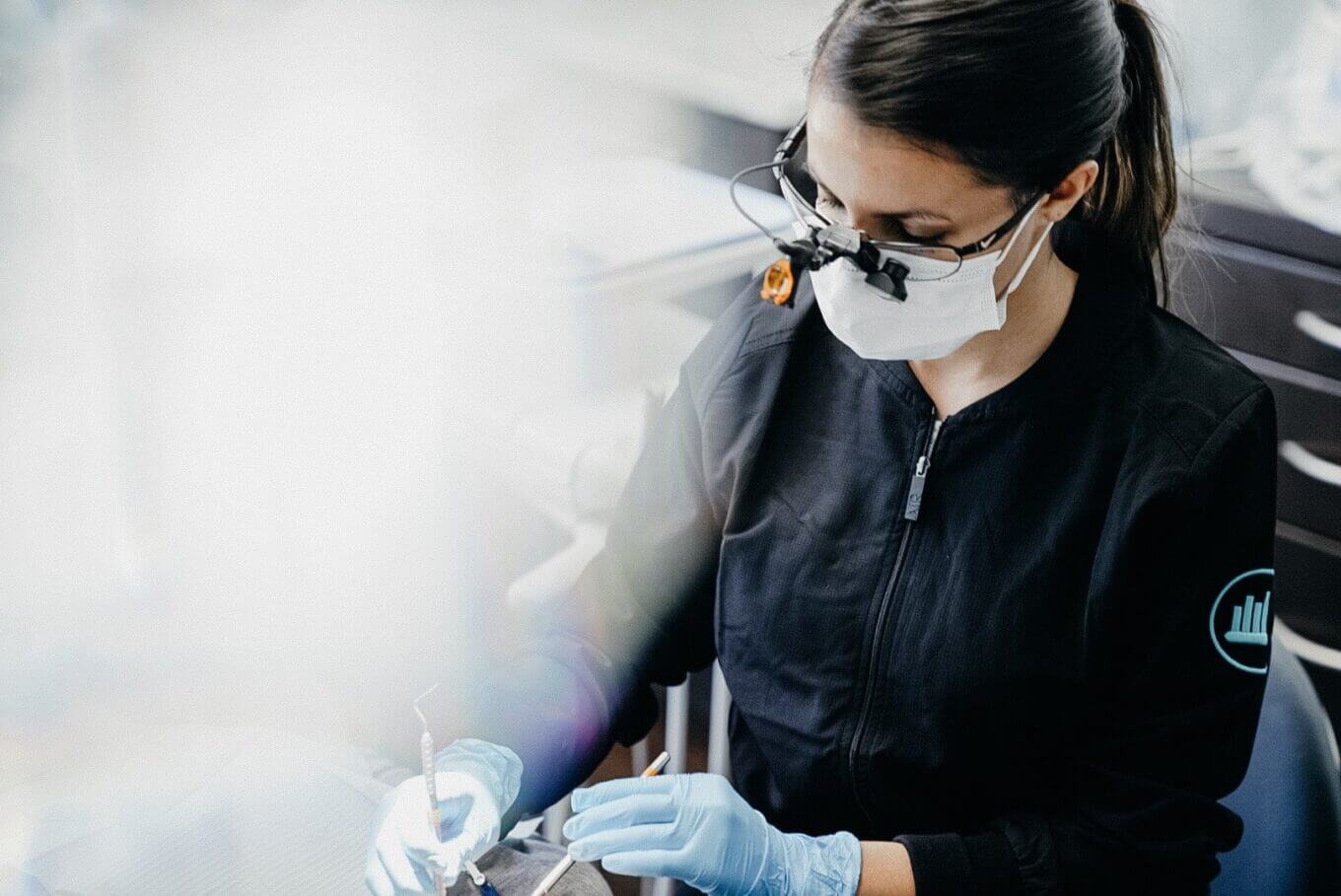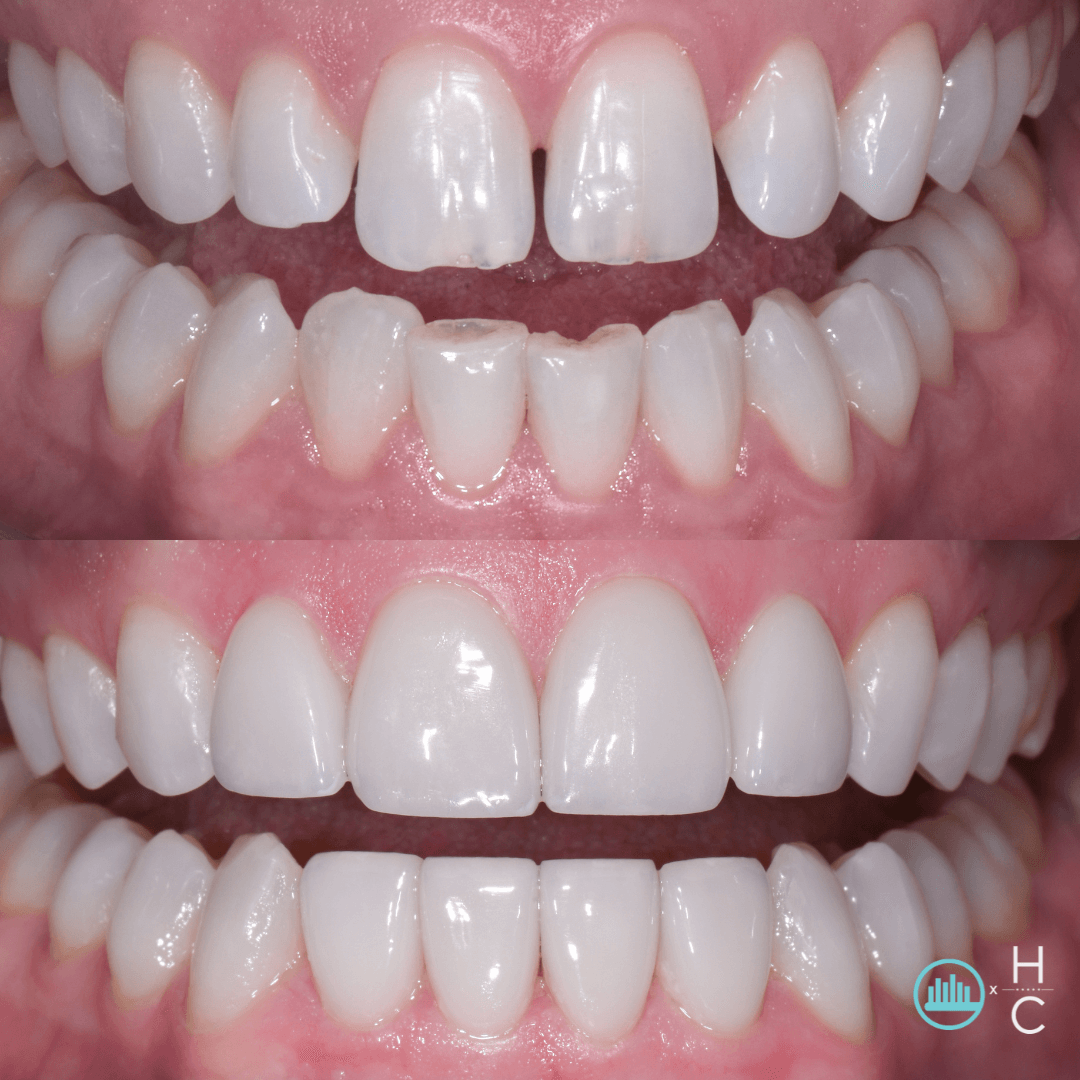Discover the unseen innovation and time-tested tradition in orthodontics. Invisalign versus braces: the ultimate struggle for a perfect smile. Explore the advantages and disadvantages of each procedure, then decide on your path to a radiant smile. Let us lead you through every step of the process!
Invisalign vs. Braces: Which Works Better?
It’s difficult to provide a clear response to this question. While Invisalign and braces both provide comparable advantages and dental outcomes, several reasons may make one technique the better choice for a certain patient.
For individuals worried about appearance and flexibility, Invisalign provides a discrete and practical choice with its transparent aligners and removability.
Braces, on the other hand, may offer precise control and are frequently suggested for more difficult instances because of their permanent brackets and wires.

Pros & Cons of Invisalign vs Braces
Advantages of Invisalign:
- Generally shorter treatment time.
- Can be easily removed when necessary.
- Low maintenance (aligners only require routine soaking in addition to regular dental care).
- Very discreet and not noticeable in public.
- Can be dually used as a whitening treatment, as many aligners also have a whitening formula in them.
Downsides of Invisalign:
- Generally much more expensive than braces.
- Aligners must be replaced frequently (usually every couple of weeks).
- Aligners may become discolored or stained.
Advantages of Braces:
- More affordable than Invisalign.
- Effective for treating very severe dental cases.
- Very reliable method for straightening teeth.
Disadvantages of Braces:
- Might necessitate dietary changes.
- Difficult to clean.
- Much more noticeable than Invisalign.
- Are usually worn for multiple years.
Comparing Invisalign vs. Braces
Both Invisalign and braces are popular options for getting a straighter smile. However, several characteristics set these therapies apart, making one approach more appropriate for particular people. Here is a thorough comparison of Invisalign and braces in several areas:
Appearance
Invisalign: If you are concerned about the look of traditional metal braces, transparent aligners are an excellent alternative because they are almost undetectable.
Braces: Traditional braces include metal brackets and wires, which are more apparent. However, there are also ceramic or lingual braces available for a less obvious look.
Length of Treatment
Invisalign: The duration of Invisalign treatment varies according to the complexity of the case, but it normally takes between 6 to 12 months to obtain the desired results.
Braces: Traditional braces typically require a longer treatment period, ranging from 18 to 36 months, depending on the individual’s orthodontic needs.
Aesthetics
Invisalign: The invisible aligners used in Invisalign treatment are made to look good and fit in perfectly with your natural teeth.
Braces: Traditional braces are extremely more visible and can impact the smile’s appearance, while there are alternatives like ceramic braces that are less conspicuous.
Comfort
Invisalign: Invisalign’s smooth and removable aligners produce no discomfort since there are no wires or brackets to cause irritation or inflammation.
Braces: Due to the brackets and wires, braces may initially be uncomfortable. However, improvements in orthodontics have produced brackets and procedures that are more pleasant.
Treatment Plan and Care
Invisalign: Every one to two weeks throughout treatment, patients get new, personalized aligners, and they frequently go to the orthodontist for progress checks.
Braces: The wires and brackets are periodically adjusted as part of the treatment plan designed by an orthodontist. To avoid any problems with braces, certain cleaning procedures and dietary avoidance are required.
Effectiveness
Invisalign: Minor to severe dental misalignments, such as crowded teeth, gaps, overbites, and underbites, can be fixed with Invisalign. Find out how to fix an overbite.
Braces: Braces are very effective and adaptable, and they can be used to treat a variety of orthodontic problems, including severe misalignments and bite issues.
Procedure
Invisalign: The Invisalign treatment starts with a consultation and the creation of a 3D treatment plan. Following that, the prescribed sequence of custom aligners is worn.
Braces: To progressively realign the teeth, the procedure entails affixing brackets to the teeth, connecting them with archwires, and occasionally changing the tension of the wires.
Follow-Up and Post-Treatment
Invisalign: Periodic check-ins with the orthodontist are essential to assess progress and get fresh sets of aligners. Retainers are usually worn after treatment to maintain the results.
Braces: For modifications, the orthodontist must be seen frequently. A retainer is often given to keep the teeth in place after the braces are taken off.
Advantages of Invisalign
Invisalign offers many benefits over braces, including the ability to eat what you like, a better appearance, ease of brushing and flossing, improved hygiene, less pain, fewer orthodontist visits, and overall comfort. The transparent aligners are nearly undetectable, allowing for a covert treatment. They may be removed for meals and good mouth hygiene. A convenient and comfortable teeth-straightening procedure is offered.
Invisalign Disadvantages
There are some disadvantages of Invisalign to consider. It is a financial concern for many because, in general, it is more expensive than braces. The aligners also need to be changed frequently, usually every two weeks, which raises the overall cost.
Additionally, aligners could end up stained or discolored, necessitating additional care. Other negatives include the discomfort of often putting and taking out the aligners, which requires self-control.
It’s crucial to keep in mind that Invisalign might not be appropriate for difficult orthodontic repairs, necessitating braces for more severe situations.
Braces Advantages
Braces have several benefits to consider. They are a good choice for severe dental situations since they can handle sophisticated orthodontic treatments. Braces are attached to the teeth, as opposed to detachable aligners, guaranteeing constant therapy.
The experience of wearing braces may be customized for each patient because of the variety of styles and colored alternatives that are available. Additionally, more affordable than Invisalign, braces offer a cost-effective alternative. Overall, braces are a solid and dependable way to straighten teeth and take care of serious dental issues.
Braces Disadvantages
There are several disadvantages to consider with braces. The brackets and wires must be handled carefully to prevent breakage, which would need further trips to the orthodontist. During treatment, some patients may experience mouth discomfort. Compared to Invisalign, the appearance of braces can be more obvious, and they may leave permanent staining on the teeth once removed.
Dietary adjustments might be required, and cleaning braces can be difficult. In addition, braces are frequently worn for several years.
Choosing a Dentist or Orthodontist for Treatment
Choose the Chicago Dental Studio for exceptional dental care. Our professional dentists in Chicago work hard to deliver top-notch dental treatments thanks to a team of qualified specialists, cutting-edge equipment, and a dedication to customer happiness.
Make an appointment now for a whiter, healthier smile and discover the difference! To schedule your appointment, give us a call right now.
 $750 OFF INVISALIGN OR 15% OFF COSMETIC | LIMITED AVAILABILITY JUNE 23RD – 27TH –
$750 OFF INVISALIGN OR 15% OFF COSMETIC | LIMITED AVAILABILITY JUNE 23RD – 27TH – 




